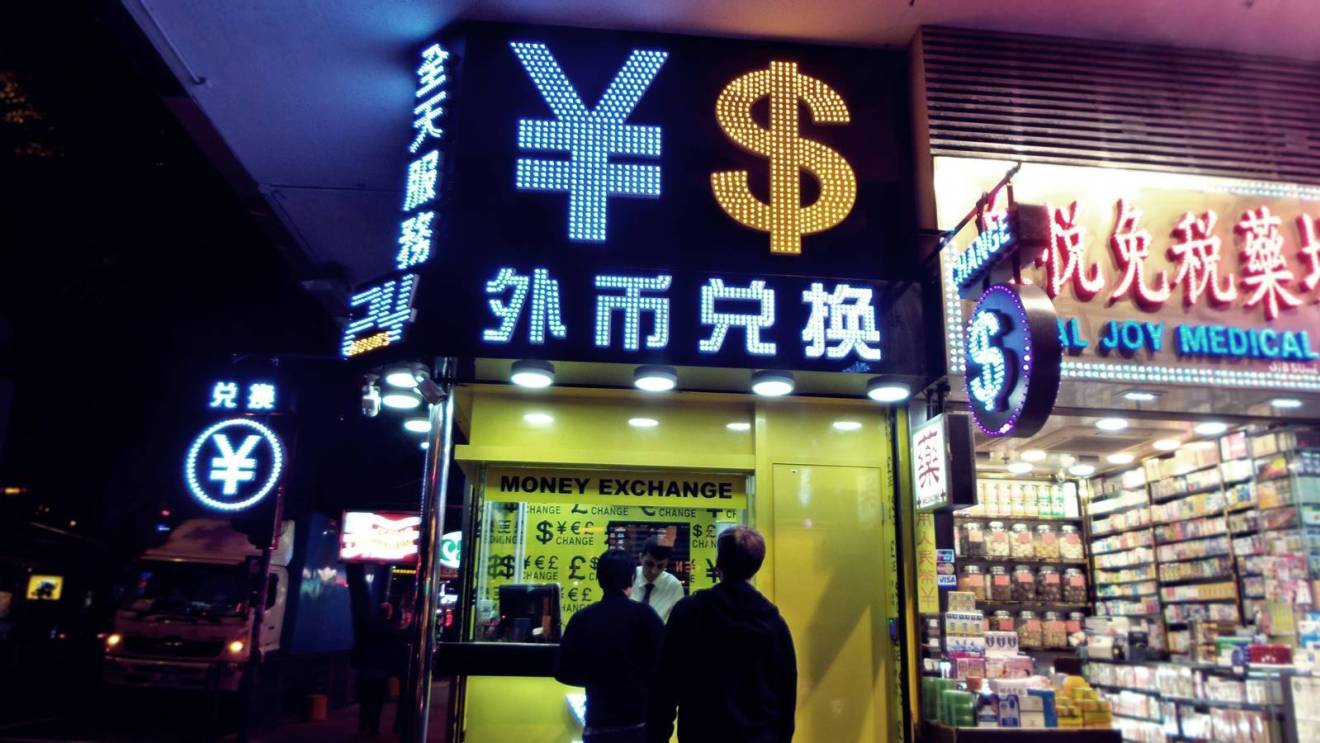Asian real estate and US interest rates
Continued upward movements of US interest rates are starting to impact Asian real estate markets in a number of ways
 Economic conditions in the US continue along a path of steady improvement, with the latest GDP growth rate of 4.1% (annualized), signifying the strongest rate of growth in four years.
Economic conditions in the US continue along a path of steady improvement, with the latest GDP growth rate of 4.1% (annualized), signifying the strongest rate of growth in four years.
Robust economic growth teamed with strong employment data and upward pressure on inflation suggest the likelihood of further rate hikes over the course of the year.
US interest rate futures indicate traders are pricing in a 94% probability of a rate hike in September to 2.00%-2.25%, with a further 68% probability of an additional hike in December to 2.25%-2.50%.
Emerging markets currencies are becoming more volatile
Continued upward movements of US interest rates are starting to impact Asian real estate markets in a number of ways. With monetary policy positions in the Asia Pacific region sitting across a wide spectrum, the impact has been quite market specific.
Firstly, some of the emerging markets (EMs) are experiencing more volatility around their capital inflows and outflows, as USD fixed-income assets start to look more attractive. This has put a lot of pressure on EMs currencies, which have depreciated against the USD. As a result, we have seen a number of EMs supporting their currencies and stemming FX induced inflation, with India, Indonesia and the Philippines all shifting rates higher.
Hong Kong currency peg is placing upward pressure on rates
Hong Kong on the other hand is feeling some pressure due to the HKD / USD currency peg. Short term rates in Hong Kong have lifted over the past 6 to 12 months, but should the Hibor / US Libor spread widen, the HKMA will likely undertake a bill issuance to mop up excess liquidity and defend the currency peg.
On the real estate front, tight controls around leverage have left the market as a largely equity driven investment. However, if interest rates continue to shift higher, the proposition for leveraging real estate is likely to deteriorate further given that most core assets yields are already below typical financing costs.
Australia hedging costs have fallen
Interest rates in Australia are expected to remain stable for the time being. This is causing some concern around the Australian dollar. The USD interest rate curve now sits at a premium to the AUD curve for the first time since 2002.
Given the escalating trade tensions between the US and China, Australia also remains exposed from a commodity and trade perspective. Nevertheless, real estate assets and financing costs have been less affected in Australia, and cross border investment demand remains healthy – potentially supported by more favorable FX hedging cost.
While domestic regulatory oversight has opened up some lending gaps, much of the alternative finance continues to focus on high yield mezzanine loans. Opportunities in this segment of the market will become more difficult to come by, particularly with the residential development cycle starting to mature.
Foreign bank lending volumes have also accelerated quite significantly over the past 18 months which is providing…


